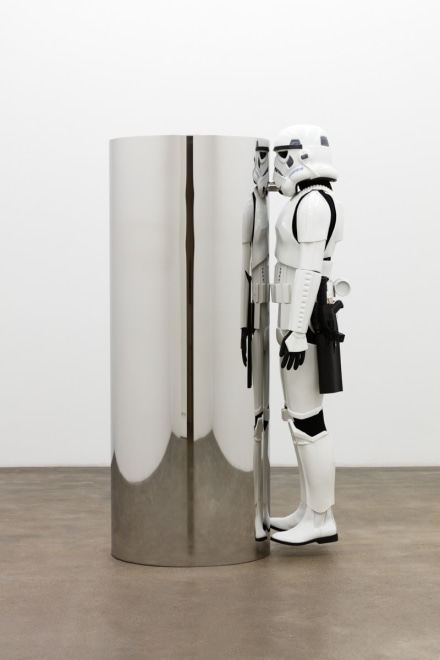
Kathryn Andrews
Stormtrooper, 2016
stainless steel, replica film prop
74 x 28 x 44 inches
(188 x 71.1 x 111.8 cm)
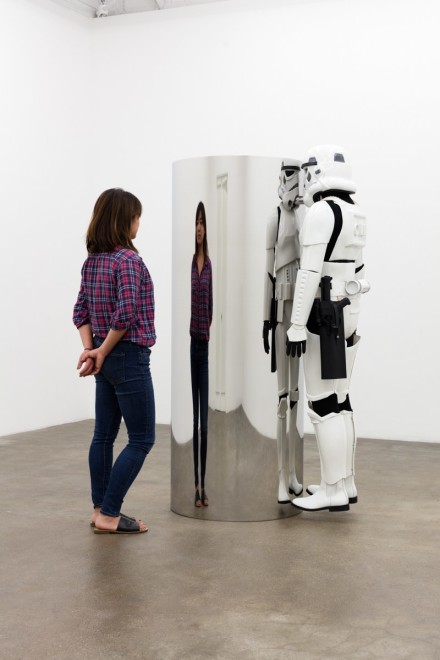
Kathryn Andrews
Stormtrooper, 2016
stainless steel, replica film prop
74 x 28 x 44 inches
(188 x 71.1 x 111.8 cm)
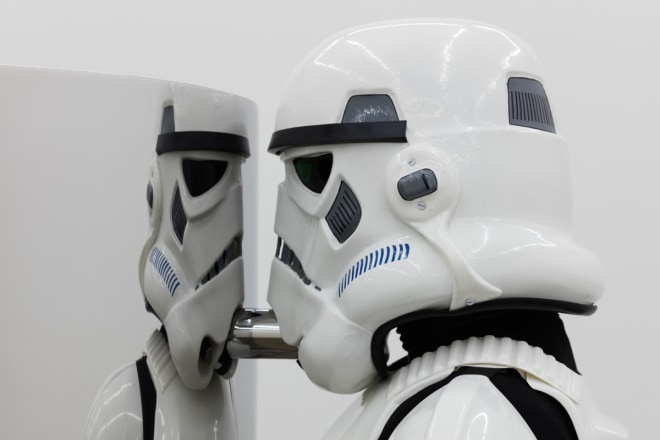
Kathryn Andrews
Stormtrooper, 2016
stainless steel, replica film prop
74 x 28 x 44 inches
(188 x 71.1 x 111.8 cm)
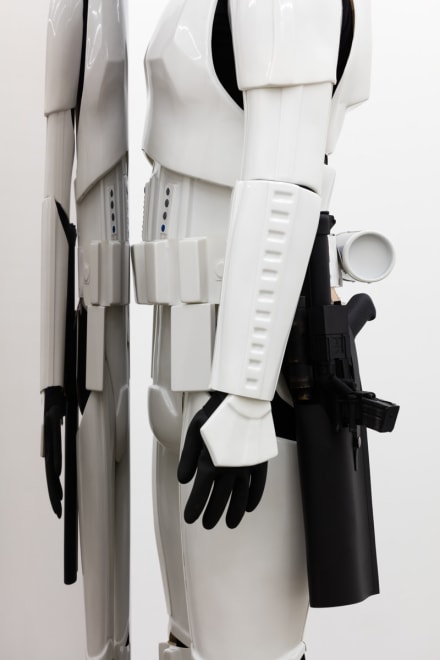
Kathryn Andrews
Stormtrooper, 2016
stainless steel, replica film prop
74 x 28 x 44 inches
(188 x 71.1 x 111.8 cm)
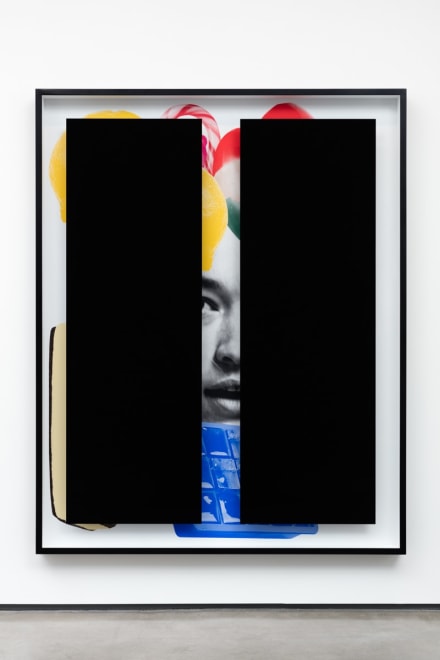
Kathryn Andrews
Black Bars: Déjeuner No. 7 (Girl with Maracas, Lemons, Gummy Bears, Ice Cream Sandwich, Candy Cane and Ice Cube Tray), 2016
aluminum, Plexiglass, ink, paint
92 x 73 1/4 x 4 1/2 inches
(233.7 x 186.1 x 11.4 cm)
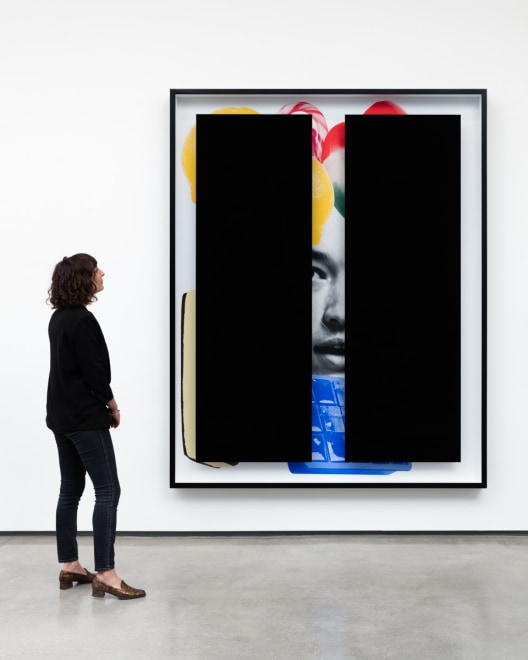
Kathryn Andrews
Black Bars: Déjeuner No. 7 (Girl with Maracas, Lemons, Gummy Bears, Ice Cream Sandwich, Candy Cane and Ice Cube Tray), 2016
aluminum, Plexiglass, ink, paint
92 x 73 1/4 x 4 1/2 inches
(233.7 x 186.1 x 11.4 cm)
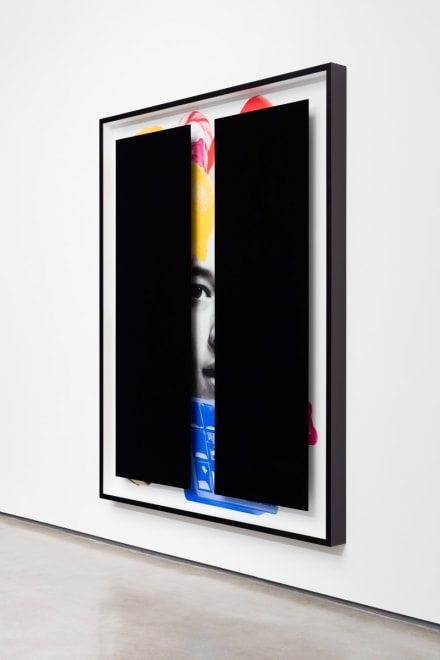
Kathryn Andrews
Black Bars: Déjeuner No. 7 (Girl with Maracas, Lemons, Gummy Bears, Ice Cream Sandwich, Candy Cane and Ice Cube Tray), 2016
aluminum, Plexiglass, ink, paint
92 x 73 1/4 x 4 1/2 inches
(233.7 x 186.1 x 11.4 cm)
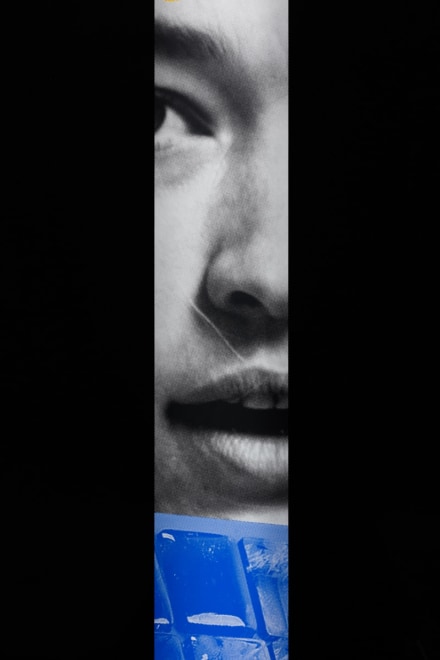
Kathryn Andrews
Black Bars: Déjeuner No. 7 (Girl with Maracas, Lemons, Gummy Bears, Ice Cream Sandwich, Candy Cane and Ice Cube Tray), 2016
aluminum, Plexiglass, ink, paint
92 x 73 1/4 x 4 1/2 inches
(233.7 x 186.1 x 11.4 cm)

Kathryn Andrews
Black Bars: Jaws, 2016
aluminum, Plexiglass, ink, paint, certified film prop
92 x 73 1/4 x 4 1/2 inches
(233.7 x 186.1 x 11.4 cm)
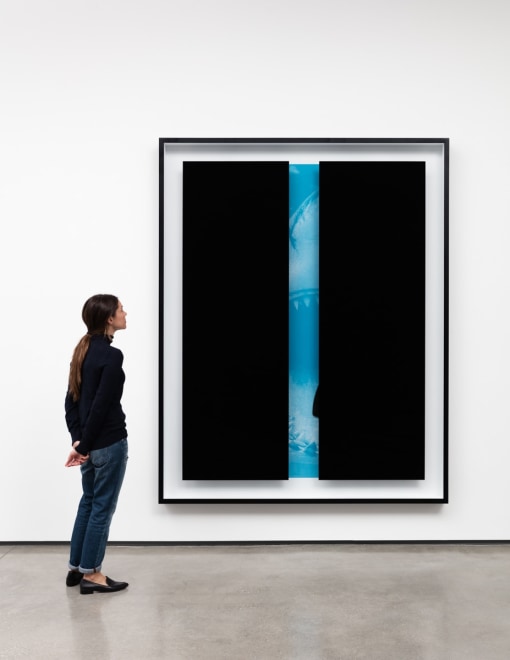
Kathryn Andrews
Black Bars: Jaws, 2016
aluminum, Plexiglass, ink, paint, certified film prop
92 x 73 1/4 x 4 1/2 inches
(233.7 x 186.1 x 11.4 cm)
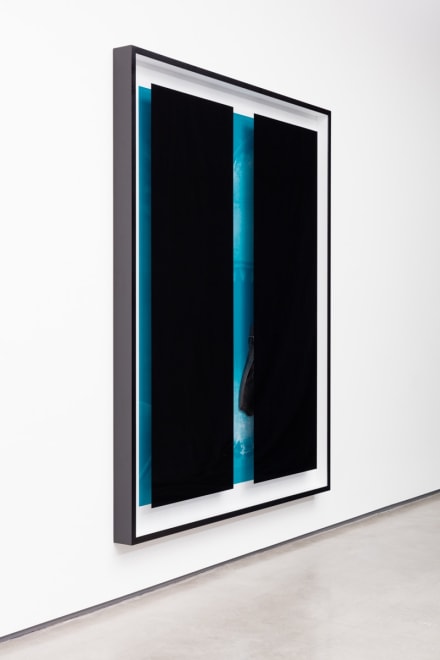
Kathryn Andrews
Black Bars: Jaws, 2016
aluminum, Plexiglass, ink, paint, certified film prop
92 x 73 1/4 x 4 1/2 inches
(233.7 x 186.1 x 11.4 cm)

Kathryn Andrews
Black Bars: Jaws, 2016
aluminum, Plexiglass, ink, paint, certified film prop
92 x 73 1/4 x 4 1/2 inches
(233.7 x 186.1 x 11.4 cm)
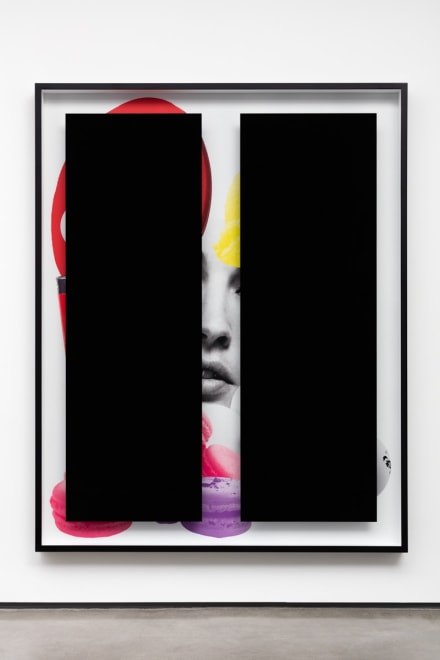
Kathryn Andrews
Black Bars: Déjeuner No. 5 (Girl with Lighter, Macaroons, Ice Cream, Ping Pong Paddle and Balls), 2016
aluminum, Plexiglass, ink, paint
92 x 73 1/4 x 4 1/2 inches
(233.7 x 186.1 x 11.4 cm)
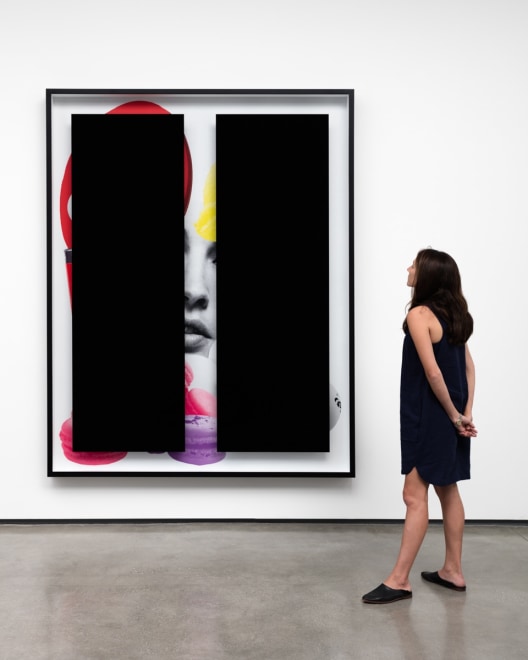
Kathryn Andrews
Black Bars: Déjeuner No. 5 (Girl with Lighter, Macaroons, Ice Cream, Ping Pong Paddle and Balls), 2016
aluminum, Plexiglass, ink, paint
92 x 73 1/4 x 4 1/2 inches
(233.7 x 186.1 x 11.4 cm)
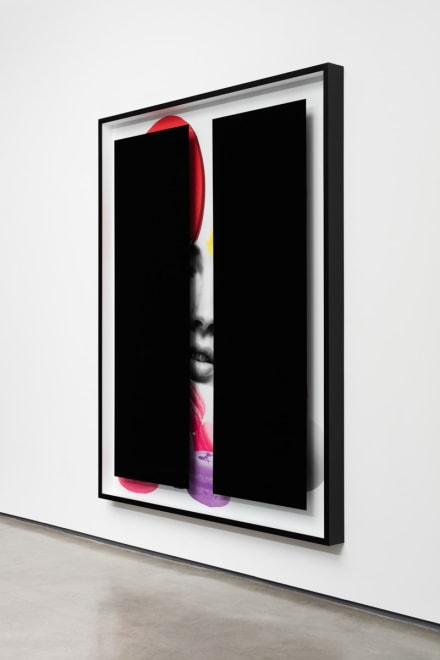
Kathryn Andrews
Black Bars: Déjeuner No. 5 (Girl with Lighter, Macaroons, Ice Cream, Ping Pong Paddle and Balls), 2016
aluminum, Plexiglass, ink, paint
92 x 73 1/4 x 4 1/2 inches
(233.7 x 186.1 x 11.4 cm)
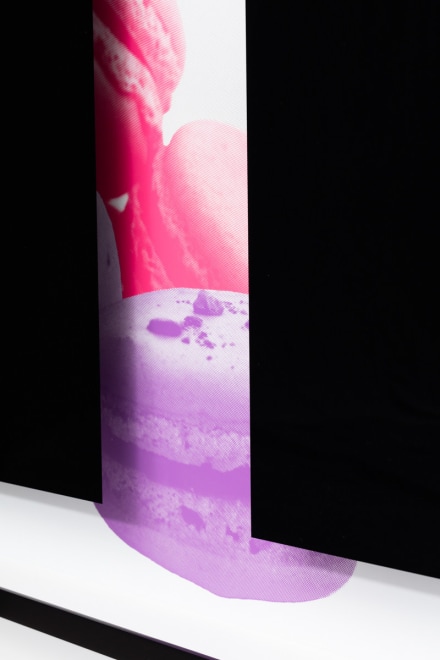
Kathryn Andrews
Black Bars: Déjeuner No. 5 (Girl with Lighter, Macaroons, Ice Cream, Ping Pong Paddle and Balls), 2016
aluminum, Plexiglass, ink, paint
92 x 73 1/4 x 4 1/2 inches
(233.7 x 186.1 x 11.4 cm)
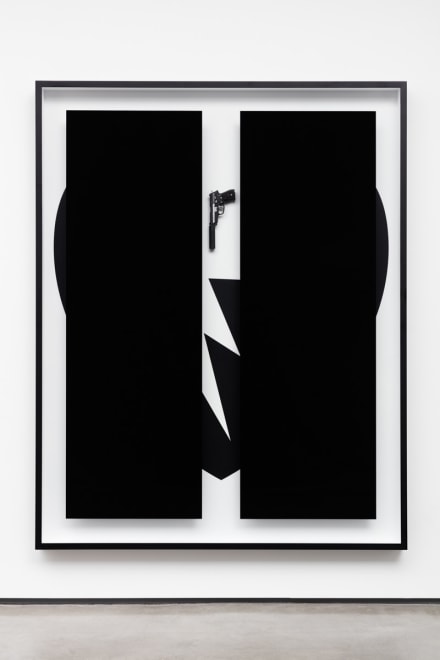
Kathryn Andrews
Black Bars: Mr. and Mrs. Smith, 2016
aluminum, Plexiglass, ink, paint, certified film prop
92 x 73 1/4 x 4 1/2 inches
(233.7 x 186.1 x 11.4 cm)
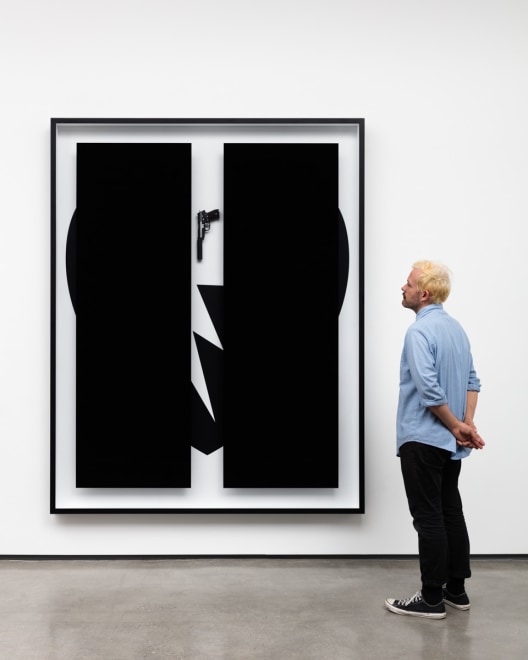
Kathryn Andrews
Black Bars: Mr. and Mrs. Smith, 2016
aluminum, Plexiglass, ink, paint, certified film prop
92 x 73 1/4 x 4 1/2 inches
(233.7 x 186.1 x 11.4 cm)
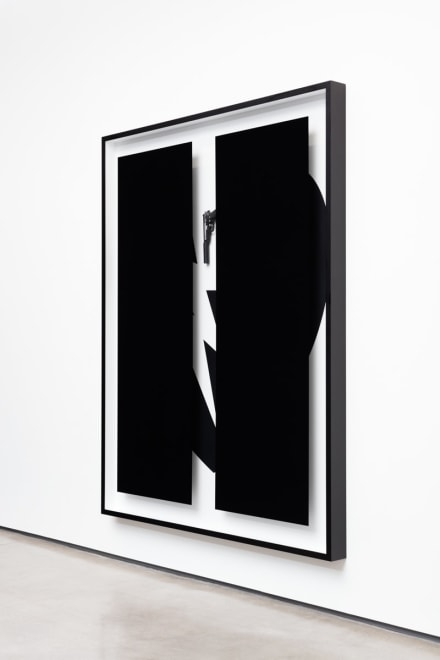
Kathryn Andrews
Black Bars: Mr. and Mrs. Smith, 2016
aluminum, Plexiglass, ink, paint, certified film prop
92 x 73 1/4 x 4 1/2 inches
(233.7 x 186.1 x 11.4 cm)
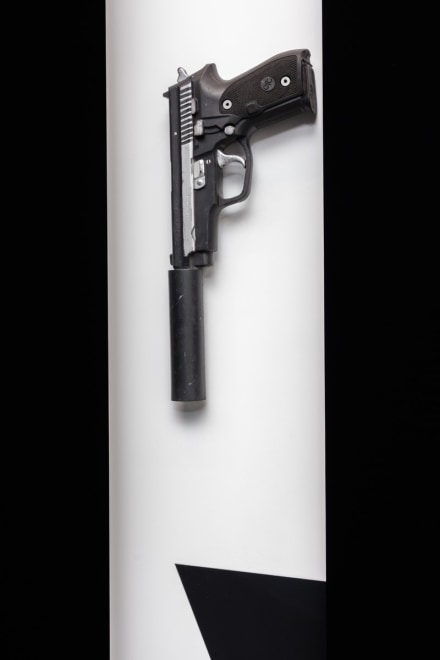
Kathryn Andrews
Black Bars: Mr. and Mrs. Smith, 2016
aluminum, Plexiglass, ink, paint, certified film prop
92 x 73 1/4 x 4 1/2 inches
(233.7 x 186.1 x 11.4 cm)
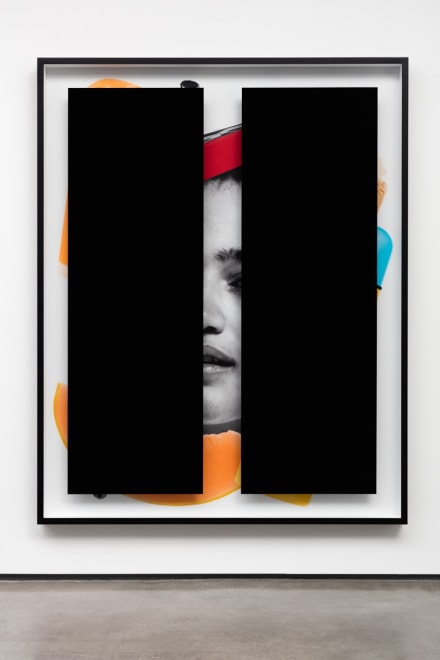
Kathryn Andrews
Black Bars: Déjeuner No. 4 (Girl with Creamsicle, Thermos, Pocket Knife, Cupcake, Melon and Flute), 2016
aluminum, Plexiglass, ink, paint
92 x 73 1/4 x 4 1/2 inches
(233.7 x 186.1 x 11.4 cm)

Kathryn Andrews
Black Bars: Déjeuner No. 4 (Girl with Creamsicle, Thermos, Pocket Knife, Cupcake, Melon and Flute), 2016
aluminum, Plexiglass, ink, paint
92 x 73 1/4 x 4 1/2 inches
(233.7 x 186.1 x 11.4 cm)

Kathryn Andrews
Black Bars: Déjeuner No. 4 (Girl with Creamsicle, Thermos, Pocket Knife, Cupcake, Melon and Flute), 2016
aluminum, Plexiglass, ink, paint
92 x 73 1/4 x 4 1/2 inches
(233.7 x 186.1 x 11.4 cm)
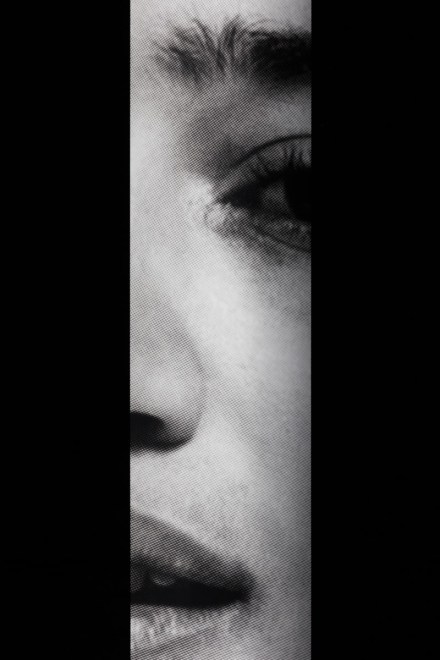
Kathryn Andrews
Black Bars: Déjeuner No. 4 (Girl with Creamsicle, Thermos, Pocket Knife, Cupcake, Melon and Flute), 2016
aluminum, Plexiglass, ink, paint
92 x 73 1/4 x 4 1/2 inches
(233.7 x 186.1 x 11.4 cm)
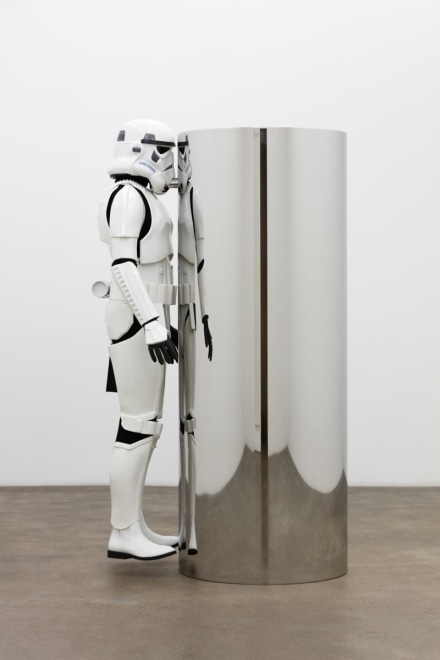
Kathryn Andrews
Stormtrooper, 2016
stainless steel, replica film prop
74 x 28 x 44 inches
(188 x 71.1 x 111.8 cm)

Kathryn Andrews
Stormtrooper, 2016
stainless steel, replica film prop
74 x 28 x 44 inches
(188 x 71.1 x 111.8 cm)
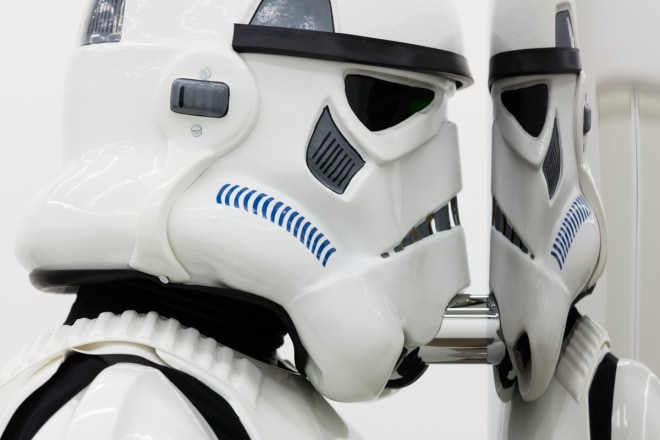
Kathryn Andrews
Stormtrooper, 2016
stainless steel, replica film prop
74 x 28 x 44 inches
(188 x 71.1 x 111.8 cm)
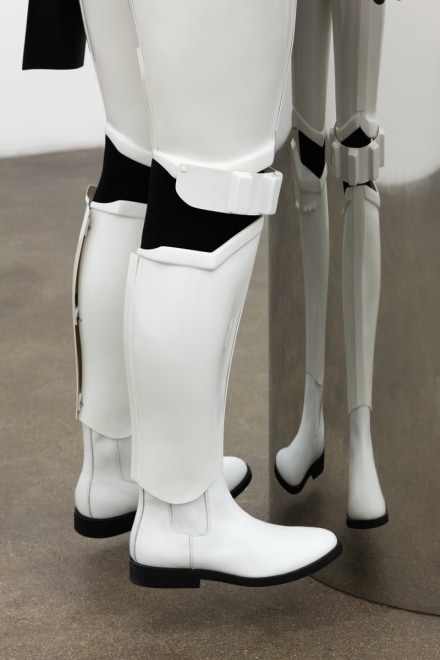
Kathryn Andrews
Stormtrooper, 2016
stainless steel, replica film prop
74 x 28 x 44 inches
(188 x 71.1 x 111.8 cm)
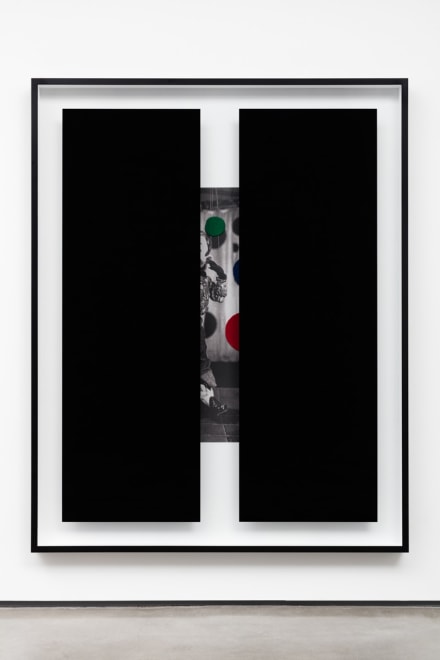
Kathryn Andrews
Black Bars: Howdy Doody, 2016
aluminum, Plexiglass, ink, paint, certified TV prop
92 x 73 1/4 x 4 1/2 inches
(233.7 x 186.1 x 11.4 cm)
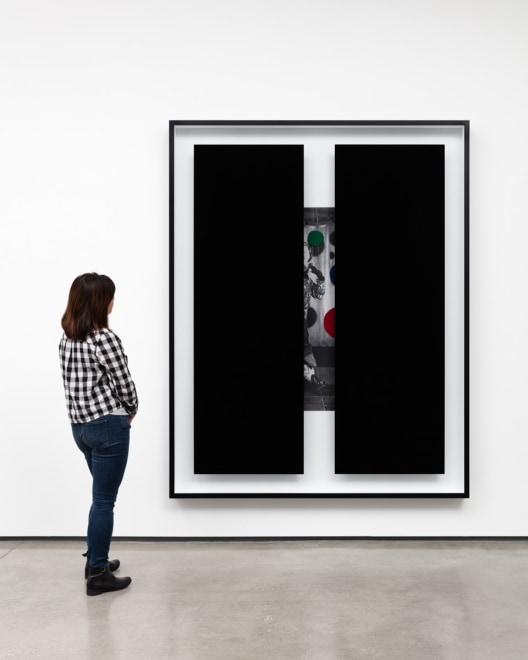
Kathryn Andrews
Black Bars: Howdy Doody, 2016
aluminum, Plexiglass, ink, paint, certified TV prop
92 x 73 1/4 x 4 1/2 inches
(233.7 x 186.1 x 11.4 cm)
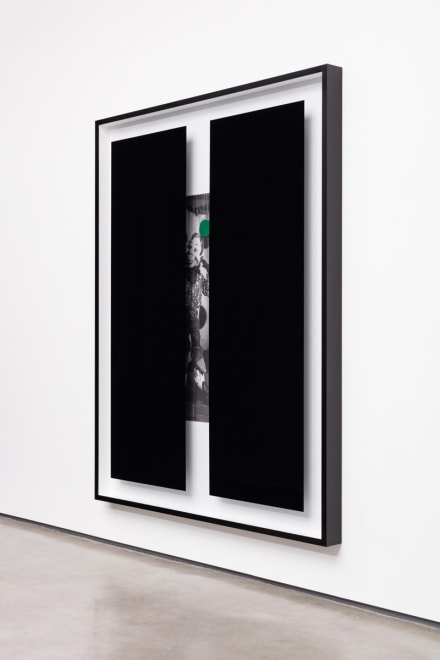
Kathryn Andrews
Black Bars: Howdy Doody, 2016
aluminum, Plexiglass, ink, paint, certified TV prop
92 x 73 1/4 x 4 1/2 inches
(233.7 x 186.1 x 11.4 cm)

Kathryn Andrews
Black Bars: Howdy Doody, 2016
aluminum, Plexiglass, ink, paint, certified TV prop
92 x 73 1/4 x 4 1/2 inches
(233.7 x 186.1 x 11.4 cm)
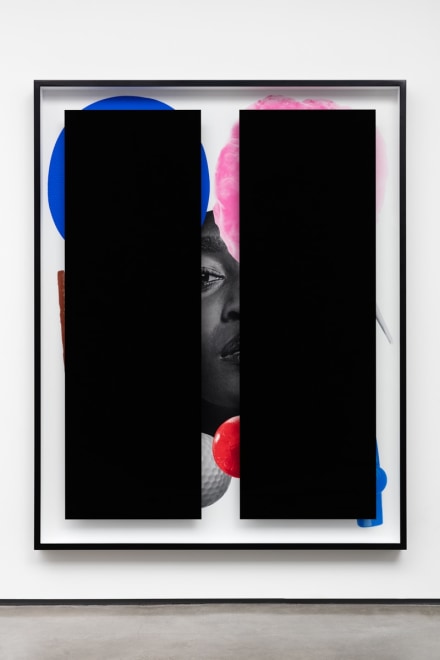
Kathryn Andrews
Black Bars: Dejeuner No. 8 (Girl with Cotton Candy, Sucker, Pretzels, Ping Pong Paddle, Golf Ball, and Kazoo), 2016
aluminum, Plexiglass, ink, paint
92 x 73 1/4 x 4 1/2 inches
(233.7 x 186.1 x 11.4 cm)
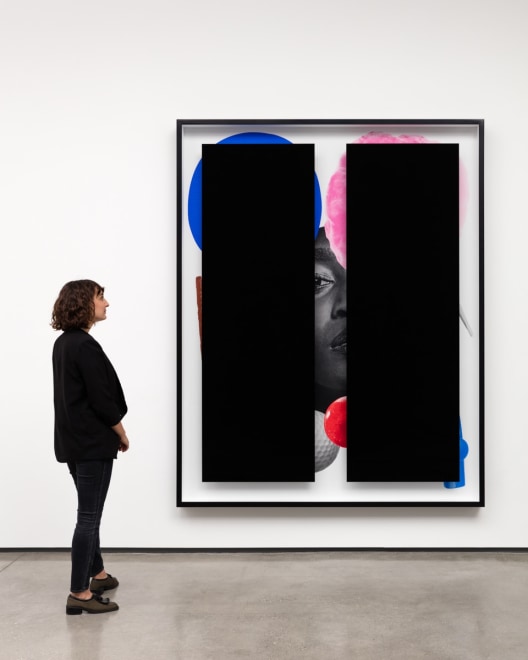
Kathryn Andrews
Black Bars: Dejeuner No. 8 (Girl with Cotton Candy, Sucker, Pretzels, Ping Pong Paddle, Golf Ball, and Kazoo), 2016
aluminum, Plexiglass, ink, paint
92 x 73 1/4 x 4 1/2 inches
(233.7 x 186.1 x 11.4 cm)
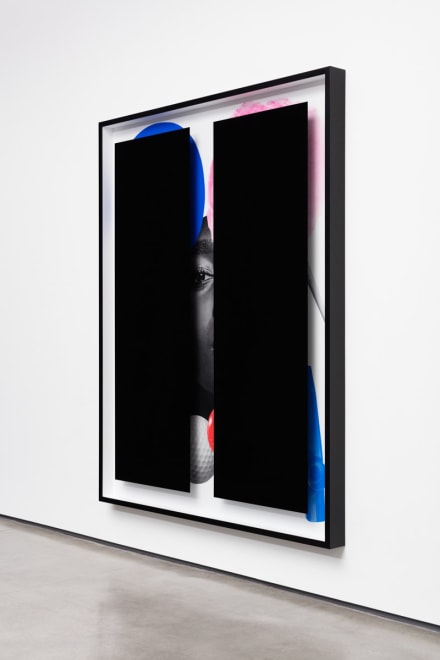
Kathryn Andrews
Black Bars: Dejeuner No. 8 (Girl with Cotton Candy, Sucker, Pretzels, Ping Pong Paddle, Golf Ball, and Kazoo), 2016
aluminum, Plexiglass, ink, paint
92 x 73 1/4 x 4 1/2 inches
(233.7 x 186.1 x 11.4 cm)
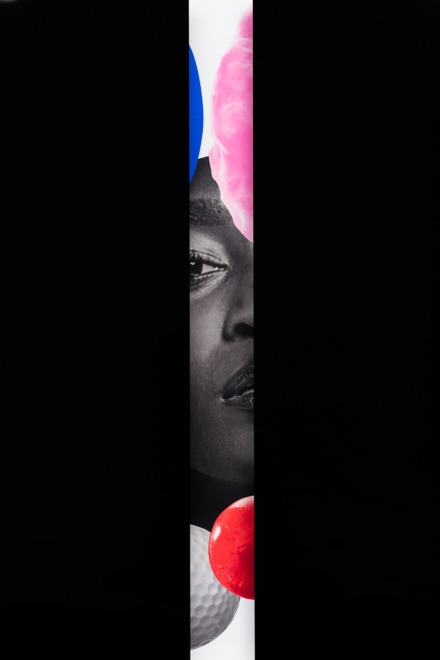
Kathryn Andrews
Black Bars: Dejeuner No. 8 (Girl with Cotton Candy, Sucker, Pretzels, Ping Pong Paddle, Golf Ball, and Kazoo), 2016
aluminum, Plexiglass, ink, paint
92 x 73 1/4 x 4 1/2 inches
(233.7 x 186.1 x 11.4 cm)
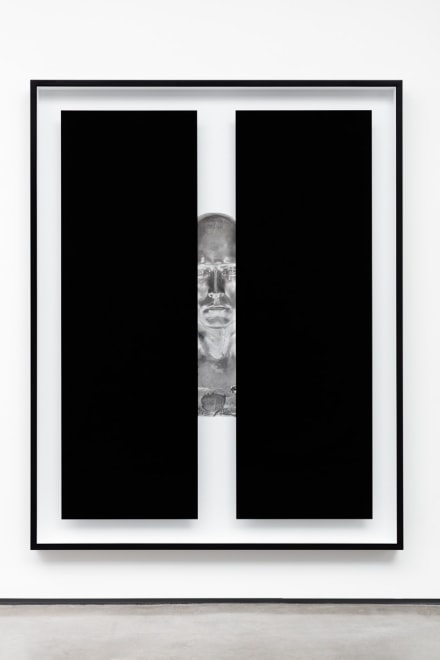
Kathryn Andrews
Black Bars: T1000, 2016
aluminum, Plexiglass, ink, paint, certified film prop
92 x 73 1/4 x 4 1/2 inches
(233.7 x 186.1 x 11.4 cm)
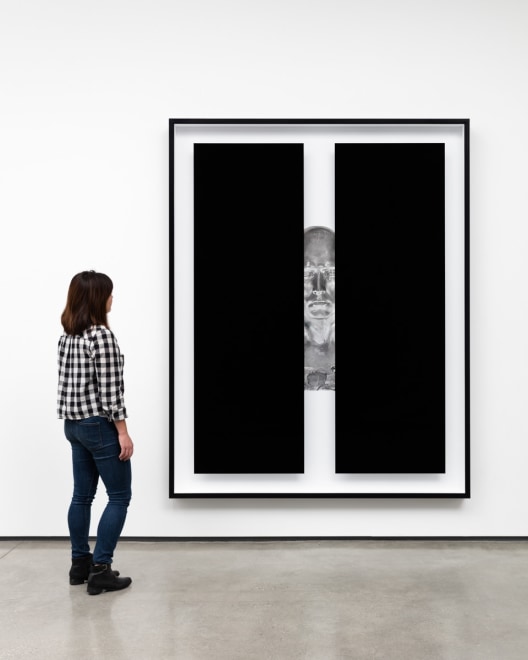
Kathryn Andrews
Black Bars: T1000, 2016
aluminum, Plexiglass, ink, paint, certified film prop
92 x 73 1/4 x 4 1/2 inches
(233.7 x 186.1 x 11.4 cm)
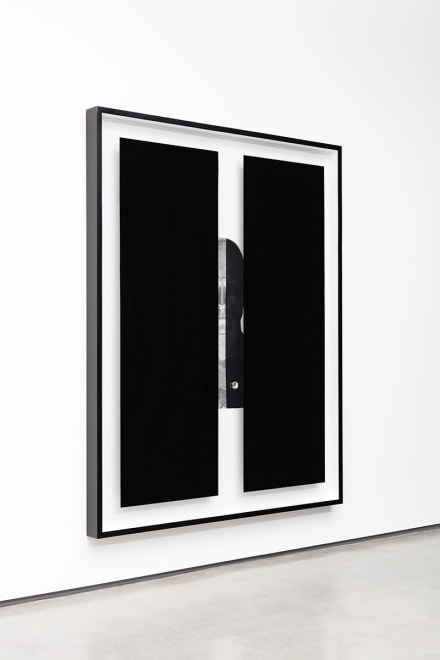
Kathryn Andrews
Black Bars: T1000, 2016
aluminum, Plexiglass, ink, paint, certified film prop
92 x 73 1/4 x 4 1/2 inches
(233.7 x 186.1 x 11.4 cm)
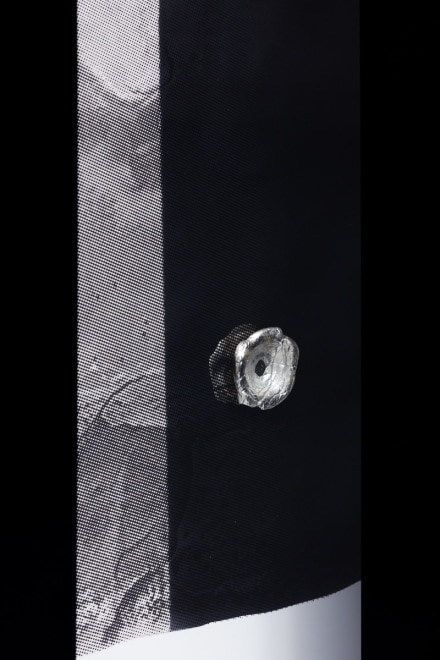
Kathryn Andrews
Black Bars: T1000, 2016
aluminum, Plexiglass, ink, paint, certified film prop
92 x 73 1/4 x 4 1/2 inches
(233.7 x 186.1 x 11.4 cm)

Kathryn Andrews
Black Bars: Déjeuner No. 3 (Girl with Banana, Popsicle, Cherry, Lily, Geranium and Straws), 2016
aluminum, Plexiglass, ink, paint
92 x 73 1/4 x 4 1/2 inches
(233.7 x 186.1 x 11.4 cm)

Kathryn Andrews
Black Bars: Déjeuner No. 3 (Girl with Banana, Popsicle, Cherry, Lily, Geranium and Straws), 2016
aluminum, Plexiglass, ink, paint
92 x 73 1/4 x 4 1/2 inches
(233.7 x 186.1 x 11.4 cm)
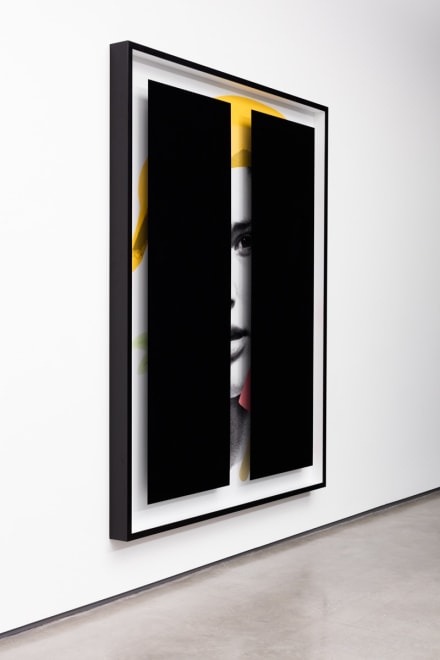
Kathryn Andrews
Black Bars: Déjeuner No. 3 (Girl with Banana, Popsicle, Cherry, Lily, Geranium and Straws), 2016
aluminum, Plexiglass, ink, paint
92 x 73 1/4 x 4 1/2 inches
(233.7 x 186.1 x 11.4 cm)
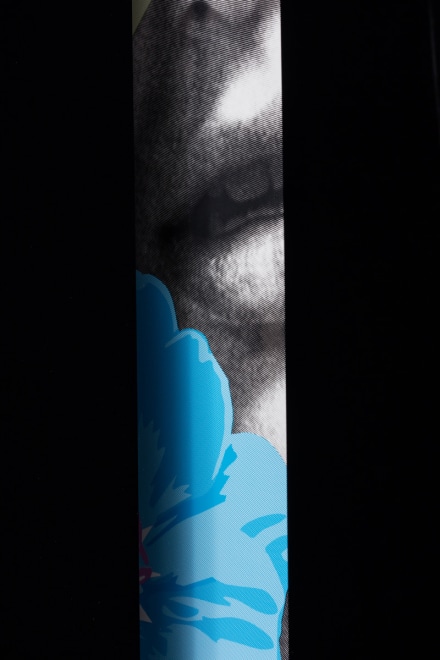
Kathryn Andrews
Black Bars: Déjeuner No. 3 (Girl with Banana, Popsicle, Cherry, Lily, Geranium and Straws), 2016
aluminum, Plexiglass, ink, paint
92 x 73 1/4 x 4 1/2 inches
(233.7 x 186.1 x 11.4 cm)
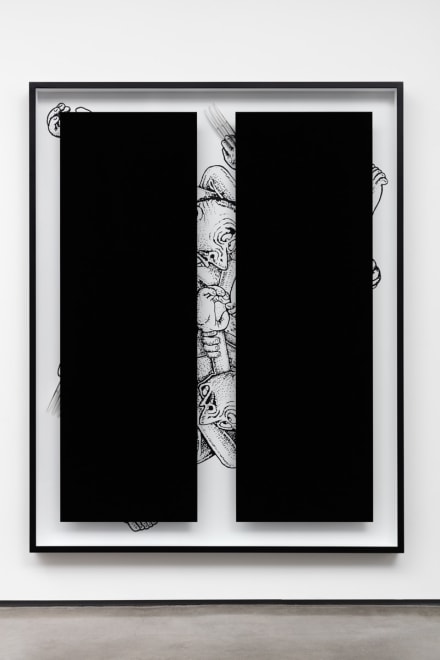
Kathryn Andrews
Black Bars: Wolverine Wolverton, 2016
aluminum, Plexiglass, ink, paint, replica film prop
92 x 73 1/4 x 4 1/2 inches
(233.7 x 186.1 x 11.4 cm)
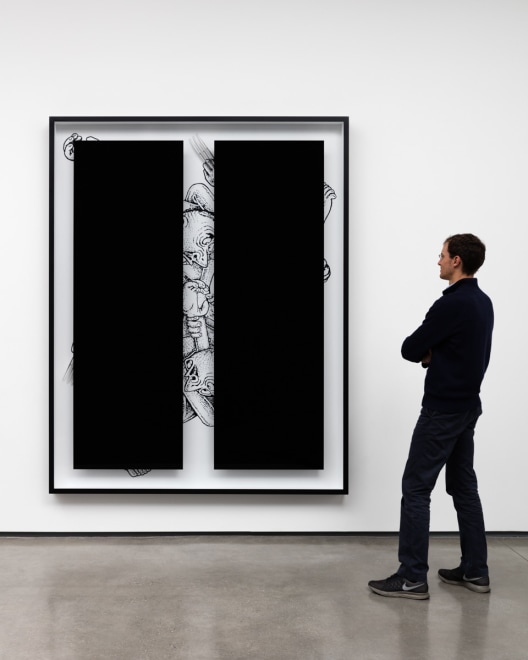
Kathryn Andrews
Black Bars: Wolverine Wolverton, 2016
aluminum, Plexiglass, ink, paint, replica film prop
92 x 73 1/4 x 4 1/2 inches
(233.7 x 186.1 x 11.4 cm)
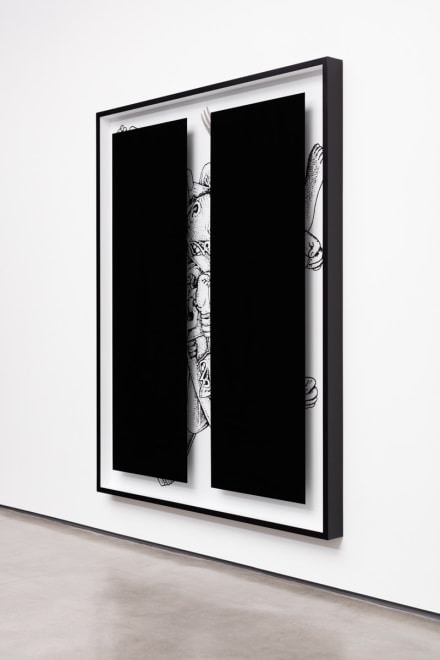
Kathryn Andrews
Black Bars: Wolverine Wolverton, 2016
aluminum, Plexiglass, ink, paint, replica film prop
92 x 73 1/4 x 4 1/2 inches
(233.7 x 186.1 x 11.4 cm)
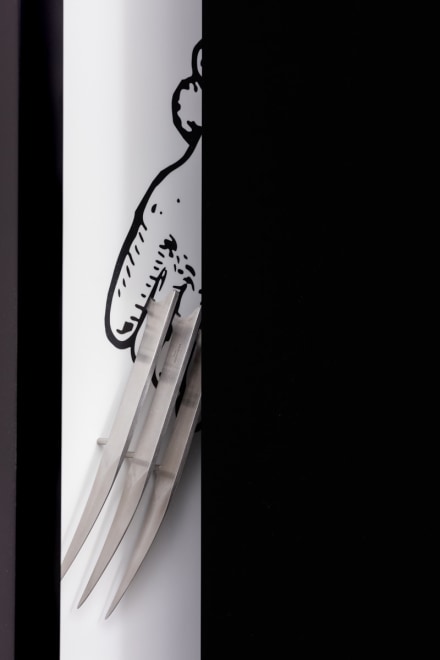
Kathryn Andrews
Black Bars: Wolverine Wolverton, 2016
aluminum, Plexiglass, ink, paint, replica film prop
92 x 73 1/4 x 4 1/2 inches
(233.7 x 186.1 x 11.4 cm)

Kathryn Andrews
Black Bars: Déjeuner No. 2 (Girl with Tulip, Orchids, Soft Serve, Strawberry and Lollipop), 2016
aluminum, Plexiglass, ink, paint
92 x 73 1/4 x 4 1/2 inches
(233.7 x 186.1 x 11.4 cm)
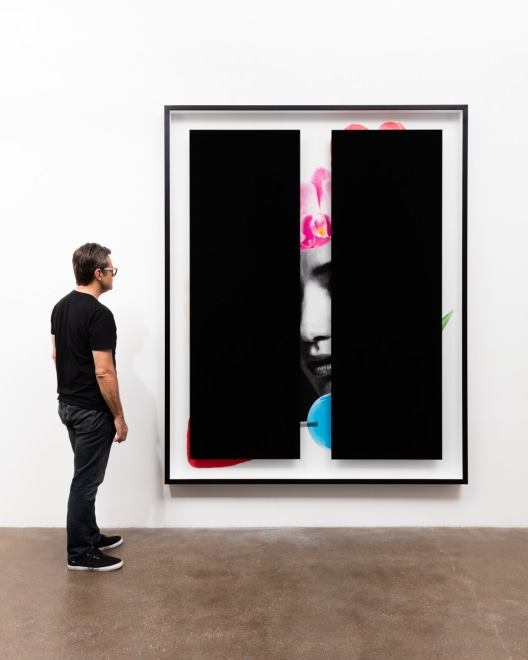
Kathryn Andrews
Black Bars: Déjeuner No. 2 (Girl with Tulip, Orchids, Soft Serve, Strawberry and Lollipop), 2016
aluminum, Plexiglass, ink, paint
92 x 73 1/4 x 4 1/2 inches
(233.7 x 186.1 x 11.4 cm)

Kathryn Andrews
Black Bars: Déjeuner No. 2 (Girl with Tulip, Orchids, Soft Serve, Strawberry and Lollipop), 2016
aluminum, Plexiglass, ink, paint
92 x 73 1/4 x 4 1/2 inches
(233.7 x 186.1 x 11.4 cm)
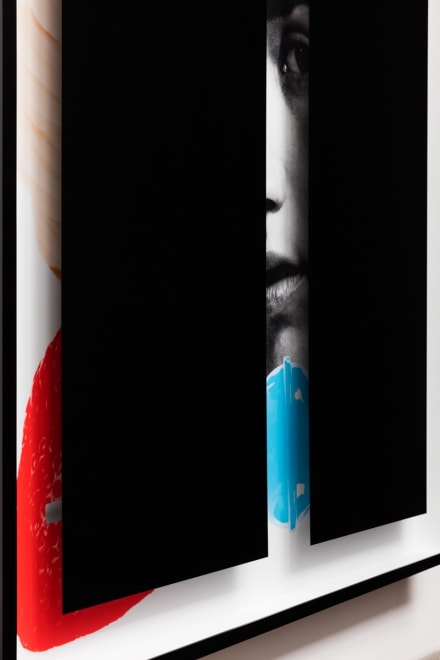
Kathryn Andrews
Black Bars: Déjeuner No. 2 (Girl with Tulip, Orchids, Soft Serve, Strawberry and Lollipop), 2016
aluminum, Plexiglass, ink, paint
92 x 73 1/4 x 4 1/2 inches
(233.7 x 186.1 x 11.4 cm)
David Kordansky Gallery is pleased to announce Black Bars, an exhibition of new work by Kathryn Andrews. The show opens on November 5 and will remain on view through December 17, 2016. An opening reception will be held on Saturday, November 5 from 6:00 until 8:00pm.
Kathryn Andrews examines the latent power dynamics in acts of desire and consumption, creating works that implicate the viewer as both an agent and an object of such desire. Her images and reference points are drawn from a broad swath of cultural production, including mass entertainment media, the Western art historical canon, commercial products, and advertising. These are refracted through a sensibility highly attuned to the phenomenological aspects of sculpture, so that the viewer’s body is always an implied, and often a direct, subject of Andrews’s practice.
Black Bars features the debut of an eponymous new series of large-scale wall-based works, as well as two new floor-based sculptures incorporating the stainless steel cylinders that have served as a recurring foil throughout her recent bodies of work.
Almost eight feet tall and six feet wide, the wall-based “Black Bars” works consist primarily of large-scale images screen-printed by hand onto painted aluminum substrates. The series’s title alludes to the fact that two monolithic black bars have been printed onto the inside of the Plexiglas that hovers in front of each image. Because the frames in which they are housed are over four inches deep, a substantial measure of space exists between the bars and the visual information they partially obscure; in some cases Andrews has also installed film props within these gaps. Even though these are ostensibly flat works that hang on the wall, they are activated by the viewer’s movement around them, so that in most cases the breadth of the images and any objects can be discerned, if only in glimpses and pieces. The bars function as a kind of visual wall or fence separating viewers from an experience whose totality remains obdurately out of reach.
The images themselves are divided into two categories. Roughly half depict young women surrounded by stereotypical signifiers of pleasure and leisure, including flowers, fruit, and candy. (The appearance of the word “déjeuner” in their titles alludes to Manet’s 1862-63 modernist masterpiece Le Déjeuner sur l’herbe and its archetypal depiction of desire.) Throughout, Andrews conjures a ubiquitous, even parodic, version of beauty that feels as though it could have been appropriated from any number of pre-existing sources in the commercial media landscape. Each work is a similarly carefully crafted composite. The women were photographed by Andrews herself, as were some of the surrounding objects. Other images are stock images licensed by the artist. Typical to her practice, Andrews blurs the distinction between readymade and fabricated forms, establishing her own authorship by challenging the possibility of the concept. This generates pointed questions about how an artist’s own subjectivity does (and does not) appear in the materialization of his or her work.
The second group of “Black Bars” works incorporates imagery and objects with direct connections to specific Hollywood and art historical sources. In one composition, for example, a giant image of a shark with its mouth open is juxtaposed with an actual flipper worn by Richard Dreyfuss in the 1975 film Jaws. In another, an image of the beloved 1950s TV character Howdy Doody makes an appearance alongside three felt polka dots, relics cut out from the curtain that served as a backdrop for the show’s set; the result is an unlikely amalgamation of geometric modernism and classic television entertainment, simultaneous cultural expressions often considered antithetical to one another. In a signature move, Andrews recontextualizes certified props as a means of exploring how objects oscillate between their roles as signifying forms and as mere physical, sensory things. Her approach conflates the effusive, image-based ethos of Pop Art with the austere criticality of Minimalism that forced a reconsideration of materiality as a subject in its own right.
This is especially apparent in the floor-based sculptures on view. Each brings together a highly polished stainless steel cylinder and a Stormtrooper costume from the popular Star Wars movie franchise bound to the cylinder with its feet raised off the floor. (The costumes are replicas officially certified by the films’ prop-master.) If the viewer’s body finds an optical double in the reflective surface of the cylinder, it confronts a physical one in the form of the Stormtrooper, which in turn seems to stare at its own reflection; the result is an endless deferral of subjectivity, a perceptual hall of mirrors. That Stormtroopers inhabit the Star Wars movies as an infinite group of anonymous subjects finds a parallel in Andrews’s decision to display two essentially identical objects (two examples, in fact, from a single edition) at the same time. Rather than cancel out uniqueness, Andrews shows how repetition, reiteration, and reproduction give life to it.
Kathryn Andrews (b. 1973, Mobile, Alabama) is the subject of the thematic survey Kathryn Andrews: Run for President, which originated at the Museum of Contemporary Art Chicago and is currently on view at the Nasher Sculpture Center, Dallas, through January 8, 2017. Other solo exhibitions include Sunbathers I & II, High Line, New York (2016, on view through March 2017); Kathryn Andrews, TC: Temporary Contemporary, Bass Museum of Art, Miami (2014); and Special Meat Occasional Drink, Museum Ludwig, Cologne (2013). Among her recent group exhibitions are Good Dreams, Bad Dreams: American Mythologies, Aïshti Foundation, Beirut (2016); NO MAN’S LAND: Women Artists from the Rubell Family Collection, Rubell Family Collection, Miami (2015); Collecting Lines: Drawings from the Ringier Collection, Villa Flora Winterthur, Switzerland (2015); The Los Angeles Project, Ullens Center for Contemporary Art, Beijing (2014); Teen Paranormal Romance, The Renaissance Society at The University of Chicago, Atlanta Contemporary Art Center, and Santa Barbara Museum of Art, California (2014-15); When Attitudes Became Form Become Attitudes, Museum of Contemporary Art Detroit and CCA Wattis Institute for Contemporary Arts, San Francisco (2013); and Made in L.A. 2012, Hammer Museum, Los Angeles (2012). Andrews lives and works in Los Angeles.